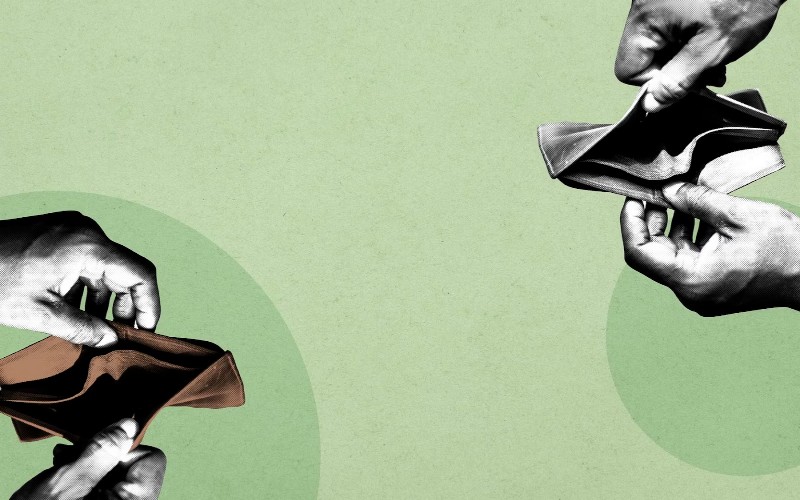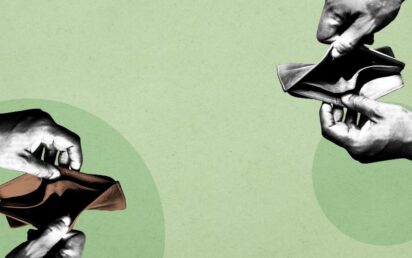Before considering proposals for loans, it is necessary to understand the procedure for their repayment. Paying off loans is a long and sometimes unpleasant process, especially if you pay the minimum every month.
Debt can be a major burden on our finances and lives, and it’s important to have a plan in place to pay it off. There are a lot of loan repayment methods you can use. Two popular approaches are the debt avalanche and the debt snowball methods.
These two methods have a common goal: to help you get out of any debts, such as Paydaysay loans with no credit check or quick same-day loans, but they differ in their approach and may be better suited to different types of borrowers.
What Is the Debt Avalanche?
The debt avalanche method is a strategy that focuses on paying off first debts with the highest interest rates. This method assumes minimum payments for all debts except for the one with the highest interest rate, which you try to pay off as quickly as possible. Once the highest interest rate debt is paid off, you have to move on to the next highest interest rate debt and repeat the process.
For example, Alice has two student loans with balances of $20,000 and $10,000. The interest rates on these loans are 8% and 4%, respectively. For example, Alice has two car debts with balances of $20,000 and $10,000. The interest rates on these loans are 9% and 5%, respectively. According to the debt avalanche method, Alice would prioritize paying off the car loan with the highest interest rate first. Once that loan is paid off, she would move on to the next highest interest rate debt.
The Pros:
- A portion of each monthly payment goes to paying interest on most loans. The rest reduces your credit balance.
- If you have high-interest debts, the debt avalanche method may be more cost-effective in the long run.
The Cons:
- It is sometimes hard to see great progress.
- It’s not easy to stay motivated.
- It may not be the best fit for everyone.
What Is the Debt Snowball?
The debt snowball method is a strategy that involves paying off the loan with the smallest amount first. Once the smallest balance debt is paid off, you would then move on to the next smallest balance debt and repeat the process until all debts are paid off.
You immediately target your first loan, which will pay off the fastest, and invest extra money, according to your income. Some say that this method gives them psychological support to help them stick to their debt repayment plan.
For instance, let’s say you have two personal loans with balances of $10,000 and $20,000. First of all, you pay off the $10,000 loan, then use the minimum payment on the next debt to pay off the $15,000. For this method, it is important to be disciplined and committed. These two components help the repayment of the loan. Over time, as you get closer to your financial freedom, you will gain momentum and feel more motivated.
The Pros:
- This method allows you to reduce the number of obligations faster than other similar methods – and this has a beneficial effect on the psychological state. The person will feel morally better and remain motivated to pay off other loans.
- When you focus on a single loan, staying organized and focused is much easier.
- The extra money you spend on debt repayment grows on its own over time. As loans are repaid, interest payments decrease, which means that monthly payments also decrease.
The Cons:
- You may end up paying more in interest over time if you have high-interest debts that you are not paying off first.
- It may take longer to pay off larger debts, especially if they have high-interest rates, because this method focuses on paying off the smallest debt first.
- The debt snowball method requires discipline and commitment to stick to the plan and make regular payments on all debts.
Repaying Loan: Step-by-Step Strategy to Follow
The average debt of people at the age of 40-55 years is over 140 thousand dollars. And if we are talking about generations, this X-generation is the record holder among others by the debt size.
Millennials and baby boomers have approximately the same debt on average. And the Z-generation has the lowest debt, only nearly 20 thousand. But how to repay debts? We have a proven solution for each age:
- Step 1. Make a list of all your debts to determine which one will be paid off first and how much you have to pay for all of your debt. Here you should evaluate all your possibilities and understand the total problem.
- Step 2. It should be a realistic budget that allows you to live within your means and still pay your debts. Identify areas where you could cut costs, which would allow you to free up more money to pay off your debt. Or think about additional ways of income such as part-time work in the evening or one more job if you have time and desire.
- Step 3. Determine which debts you should pay off first based on the balance owed, interest rates, and any other factors that are important to you. It is very important to repay high-interest loans first to escape overpaying.
- Step 4. The best way to save money is not to take on new debt while you are paying off your existing ones. This can help you get out of debt much faster and avoid getting further into debt. If you need extra money, just turn to the second step.
- Step 5. Keep monitoring your progress and updating your budget. Celebrate even the smallest victories to stay motivated. Try to note all moves with your debt. It can be an online table, phone app, or a simple notebook, but you should realize the work you have done and the distance till the winning.
- Step 6. Don’t repeat your financial mistakes, and continue your financial education even if you don’t have any problems with debt. Move to the next level, and learn about saving and investing in improving your well-being.
The Bottom Line
In the end, everyone chooses for himself the method that will suit him the most. The method that’s best for you will depend on your personal financial situation and goals.
It doesn’t matter whether you choose the debt avalanche or debt snowball, the main thing is never to forget that you should always be committed to your plan, make monthly payments, and avoid new debts until you pay off the old ones.
A few easy steps can help you save money and time. Stay motivated, and don’t give up. You can achieve financial freedom and enjoy a debt-free life with time and effort.


